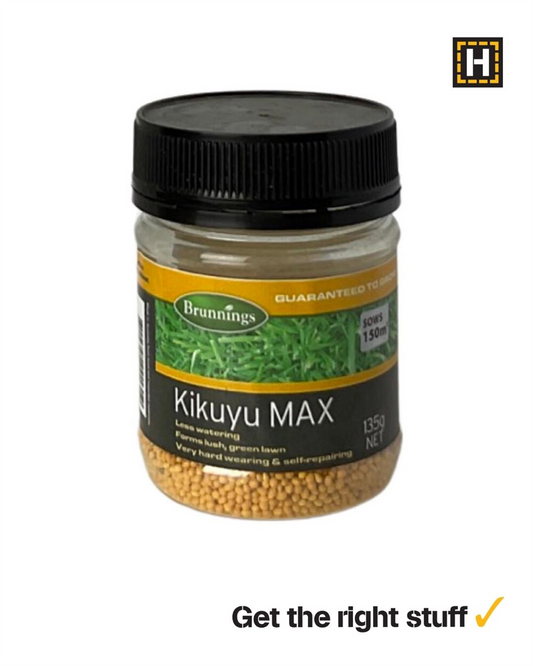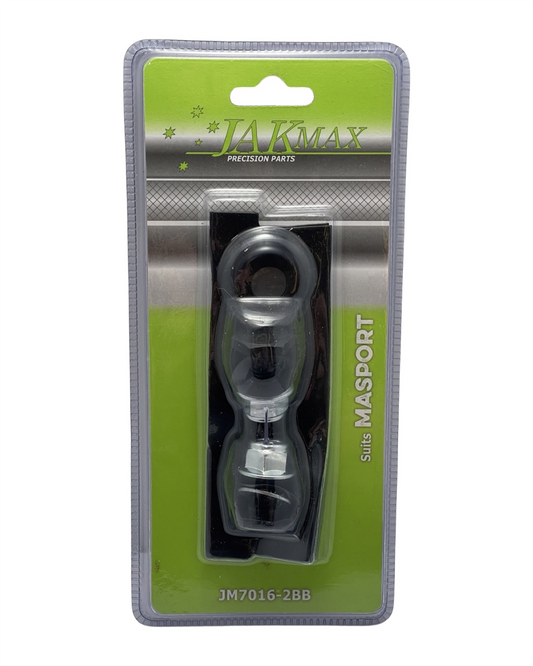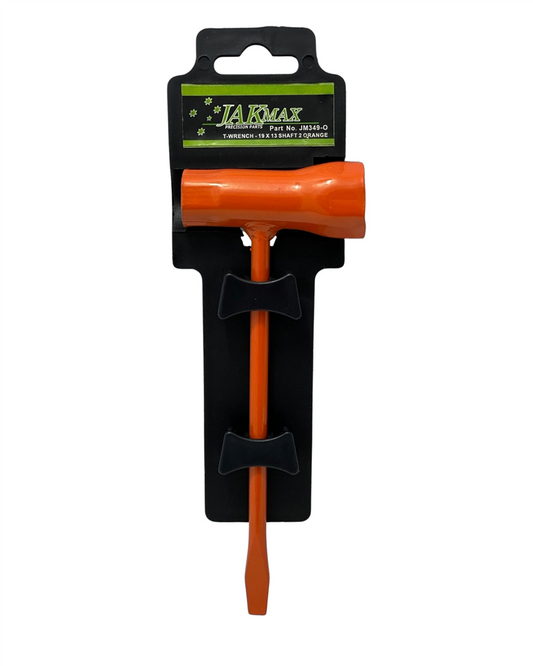Brunnings weed killer users know: weeding by hand isn't noble, it's just exhausting
Share
Why your weeds are thriving—and what glyphosate has to say about it
You didn’t ask for that army of onion grass. You didn’t plant thistles along your fence line. And yet here they are—uninvited, unapologetic, and multiplying faster than your zucchinis ever did. Welcome to the frustrating side of gardening: the part where you wonder whether those weeds secretly pay rent because they’re not going anywhere.
"My garden beds went from wild mess to weekend-ready in two sprays. Finally... space to breathe."
Let’s be honest. Ripping out weeds by hand sounds soothing on Pinterest, but after 20 minutes under the sun, you’re sweaty, over it, and only halfway through the front verge. It doesn’t help when the roots break off mid-pull and the same weed is back next week like nothing happened.
Let’s talk glyphosate—and no, it’s not the villain TikTok makes it out to be
Yes, it’s the active ingredient in the weed killer you’ve probably seen on the shelves more times than you can count. Used properly, glyphosate is a powerful helper in any gardener’s kit—especially when you’re dealing with stubborn perennial weeds that laugh in the face of your trowel.
Here’s how it works: glyphosate travels from the sprayed leaf all the way down to the root system. Unlike quick-burn sprays that singe the top and leave the roots ready to sprout again, glyphosate shuts things down from the inside out.
How to use it without wrecking your garden vibe
This isn’t a spray-and-hope situation. Think of it more like targeted magic (with gloves on). Here’s how to get it right:
- Choose a still, dry day—no wind or rain for at least 6 hours after application.
- Use a small, controlled sprayer to avoid misting nearby plants. If you're nervous, a paintbrush works for precise placement.
- Saturate the leaves, not the soil. The product works through the plant, not by sitting in the dirt.
- Be patient—results can take 7–10 days. It’s not instant, but it is complete.
Tip: Keep pets off the treated area until it’s dry (about an hour), just to play it safe.
The wild history of weed-killing methods
Before modern options hit the market, people resorted to everything from vinegar concoctions to hand-weeding armies. In the 1950s, Aussie gardeners even torched their weedy patches with homemade flame throwers—yes, really. Practical? Maybe. Safe? Absolutely not.
Today, with products based on glyphosate, we’ve got options that are safer, easier to handle, and drastically more effective—especially on weeds like:
- Onion grass and oxalis (the silent spreaders)
- Afghan thistle (with roots deeper than your last houseplant identity crisis)
- Nutgrass and kikuyu invading garden beds
But… is glyphosate safe?
This is a common worry—and a fair one. Like any product, it’s about how you use it. When applied properly and responsibly, studies support that glyphosate-based weed killers are safe for residential garden use. They’re designed to degrade quickly in the soil and don’t create long-term residue or toxicity.
"Think of it as your garden’s fast lane to a fresh start—not a forever solution, just a clean slate."
The key thing? You’re in control. Use it where it’s needed. Shield your roses. Keep your herbs untouched. Glyphosate’s not a bulldozer unless you treat it like one.
Weeds vs. plants: it’s not even a fair fight without backup
Weeds are opportunists. They show up without asking, thrive in almost any condition, and love stealing water and nutrients from your new seedlings. Letting them hang around is like leaving dishes in the sink "for just tomorrow"—next thing you know, you’re overwhelmed. Again.
We see it every day: someone starts a gorgeous native corner or veggie patch, and weeks later they’re losing the battle under a wave of couch grass. That’s not failure, that’s what weeds do best. You’re not "bad at gardening"—you just need the right gear.
Don’t quit the garden—just fire the freeloaders
Your plants deserve space to grow. Your weekends deserve something more enjoyable than yanking at taproots. And you deserve to feel proud when you walk outside—not frustrated by the jungle taking over your hard work.
There’s power in choosing the simplest, smartest path forward. For many, that path includes glyphosate—clean, calculated, and quietly effective.
One final thought: weeds don’t wait, and neither should you
By the time you’ve thought about dealing with them, some weeds have already gone to seed. One turn of wind later, and they’ve gifted your whole yard to next season’s unwanted guests.
Handle them swiftly. Reclaim your time, your space, and your sanity.
Here’s to the garden you meant to have—not the one weeds decided for you. See you out there!
— Candeece
 Stay Connected
Stay Connected
Join our gardening community on Facebook: Urban Gardener's Notebook
And follow our Store Facebook Page: Strathalbyn H Hardware on Facebook









